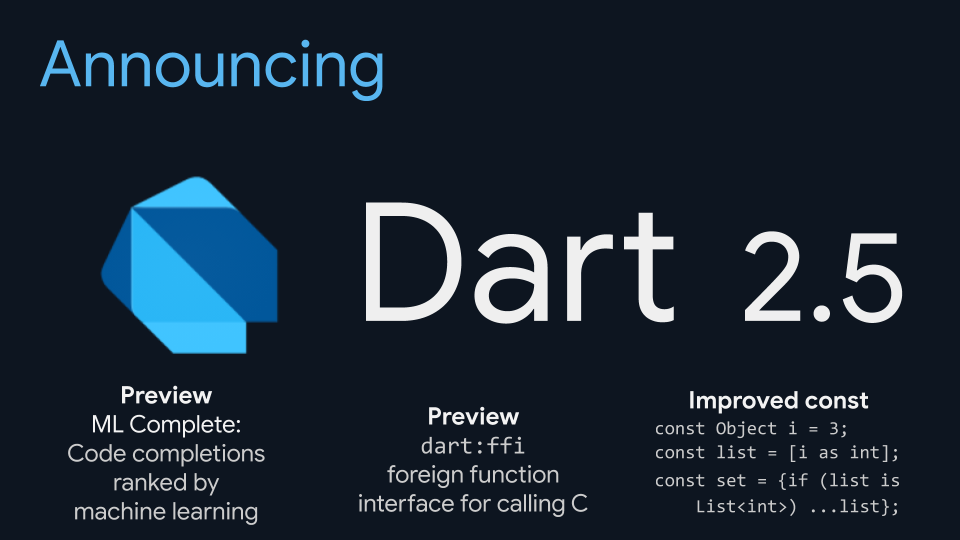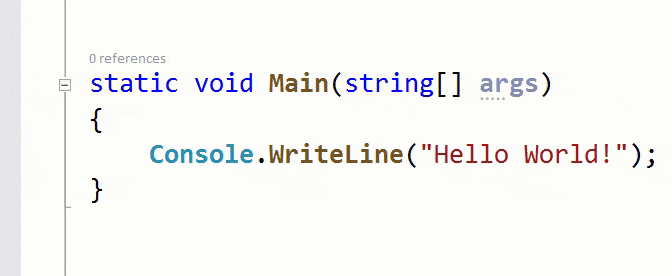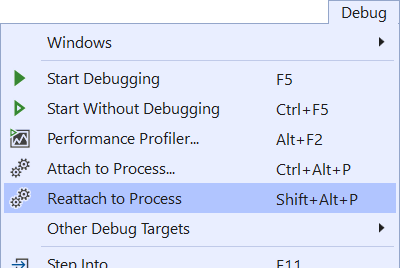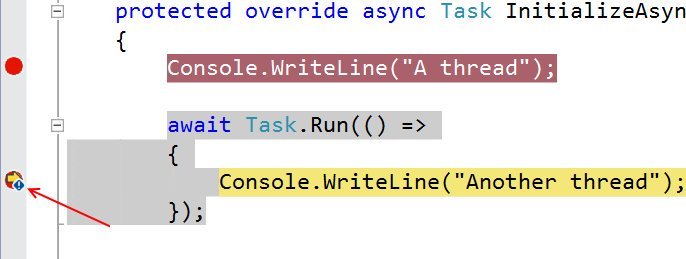2020 is going to be a competitive year especially for business people. A large number of startups and small businesses are outsourcing their projects to the best web development agencies because of the skilled resources, outsourcing-friendly policies, high-quality work, affordable price and favorable time zones they have.
But selecting a good company can be a daunting task because we are surrounded by a pool of such companies today. Keeping this in my mind, I have shortlisted some of these companies to help you choose the best one which offers world-class web development services at affordable rates.
I have checked the diversified portfolio, their tech teams expertise, client’s feedback, reviews from sites like Goodfirms and Clutch before making this list. Moreover, I have taken references from some popular platforms viz. hackernoon, dev.to, yourstory, quora, medium and habr.
Lets' dive into my research work on this which would surely meet your business requirements.
1)
Sysbee

Locale: Pula, Croatia
Budget array: $1,000+
Employees strength:200 -250
Clientele: Infobip, Atheneum, IKEA
Sysbee is a group of systems engineers and infrastructure architects dedicated to bringing modern DevOps culture to small and medium enterprises, with more than 15 years of experience in the field of web services and cloud hosting.
Provides top-notch web development services for a transmission and media company. The client needed IT experts to help with the organization and maintenance of their AWS infrastructure. As a result of this project, the media company saw an influx of new users and improved its market position.




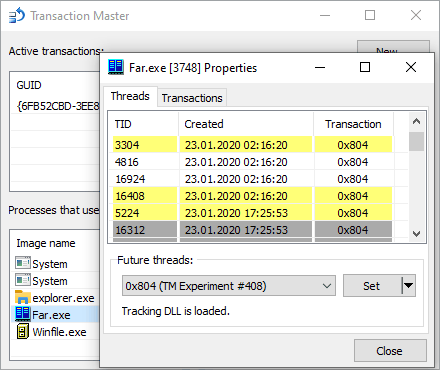 One of the modules in the Windows kernel provides support for combining a set of file operations into an entity known as a transaction. Just like in databases, these entities are isolated and atomic. You can make some changes to the file system that won't be visible outside until you commit them. Or, as an alternative, you can always rollback everything. In any case, you act upon the group of operations as a whole. Precisely what needed to preserve consistency while installing software or updating our systems, right? If something goes wrong — the installer or even the whole system crashes — the transaction rolls back automatically.
One of the modules in the Windows kernel provides support for combining a set of file operations into an entity known as a transaction. Just like in databases, these entities are isolated and atomic. You can make some changes to the file system that won't be visible outside until you commit them. Or, as an alternative, you can always rollback everything. In any case, you act upon the group of operations as a whole. Precisely what needed to preserve consistency while installing software or updating our systems, right? If something goes wrong — the installer or even the whole system crashes — the transaction rolls back automatically.

